I trace the spark that ignited much of my passion for envisioning a Catholic school revival in the United States to the document Making God Known, Loved and Served, which was released by the University of Notre Dame in 2008. I was a principal in the Archdiocese of Los Angeles at the time, and I remember clearly the inspiration I felt by the closing call that asked if we would let these sacred institutions that had provided so much to both the church and society fail. The response was clear: “Surely not. Instead, when the story of Catholic schools is written, historians will look back on our age and marvel that against great odds, we changed the ending.” I became superintendent of elementary schools in the Archdiocese of Los Angeles the next year, and we anchored our vision of growth around the idea of changing the ending. I even titled the book I wrote for the National Catholic Educational Association (NCEA) in 2011 Changing the Ending, which outlined a lot of the early innovation work we did for Catholic schools in Los Angeles.
"The ending won’t change if we don’t work collaboratively on creative solutions."
The tragic news is that many Catholic schools have closed since 2008. According to NCEA, Catholic schools across the United States have lost over 1 million students since 2001. While tremendous innovation has taken place to grow Catholic schools that have led to pockets of growth, some of which I was blessed to lead in Los Angeles as superintendent, the sad truth is that we have not seen the substantive, large-scale growth that was hoped for in the report. The reason I shared the initial story is two-fold. First, it conveys the power and responsibility that ACE has to inspire the next generation of leaders and educators to nurture and support Catholic schools across the country with its collective work. Second is the overwhelming power of the word “we.” This call to action wasn’t simply for Notre Dame or ACE but communicated the challenges ahead for all of us committed to seeing Catholic schools thrive moving forward – from school leaders and educators to clergy and diocesan leaders, along with the assistance of philanthropy and Catholic higher education. That same message resonates today: that the ending won’t change if we don’t work collaboratively on creative solutions.
In Los Angeles, our vision of growth was broadly defined to include many aspects not related to enrollment. The belief was that enrollment was a lagging indicator and if we measured growth in the value aspects of a Catholic school – faith, academic excellence and good stewardship practices – that more effective Catholic schools would attract more families. While this remains a good strategy overall, I have also come to believe that the most effective area of focus in the next five to 10 years is on training leaders to manage Catholic schools with low enrollment. According to NCEA, 1,500 schools in 2019 had an enrollment of 150 students or less, which is 25% of all the Catholic schools in the country. This number has most likely increased over the past two years. The vast majority of those schools are not small by choice but are struggling with the same reality that has closed hundreds of Catholic schools over the past two decades.
While we all want to see increased enrollment, simply stemming the stream of decline at this point would be seen as a success. To demonstrate this point, imagine if we could somehow fast forward to 2030 and find the same number of students enrolled in Catholic schools across the U.S. as there are today. Those of us who have dedicated our lives to Catholic schools and know the recent history of them would do backflips at that result, because it would contrast so dramatically with the past two decades.
"We must never lose faith in the end of the story and that we will prevail in the end."
The 2021-22 school year starts after an especially trying time in our nation’s history. There remains uncertainty regarding Covid-19 and how it will impact schooling and society in the coming months. But a new year also brings hope, and it is an aspect of being an educator that I particularly appreciate. The Stockdale Paradox is apt for Catholic schools at this moment – we have to confront the brutal facts of our reality, which is to deal with the enrollment challenges that affect more and more schools each year. But the other side of the paradox is equally important – that we must never lose faith in the end of the story and that we will prevail in the end. So that when historians look back on our age, not only will we have changed the ending, but the experience of going through these struggling times will have forged Catholic schools to be stronger and more robust institutions in order to serve the Church for generations to come.
 Alliance for Catholic Education
Alliance for Catholic Education